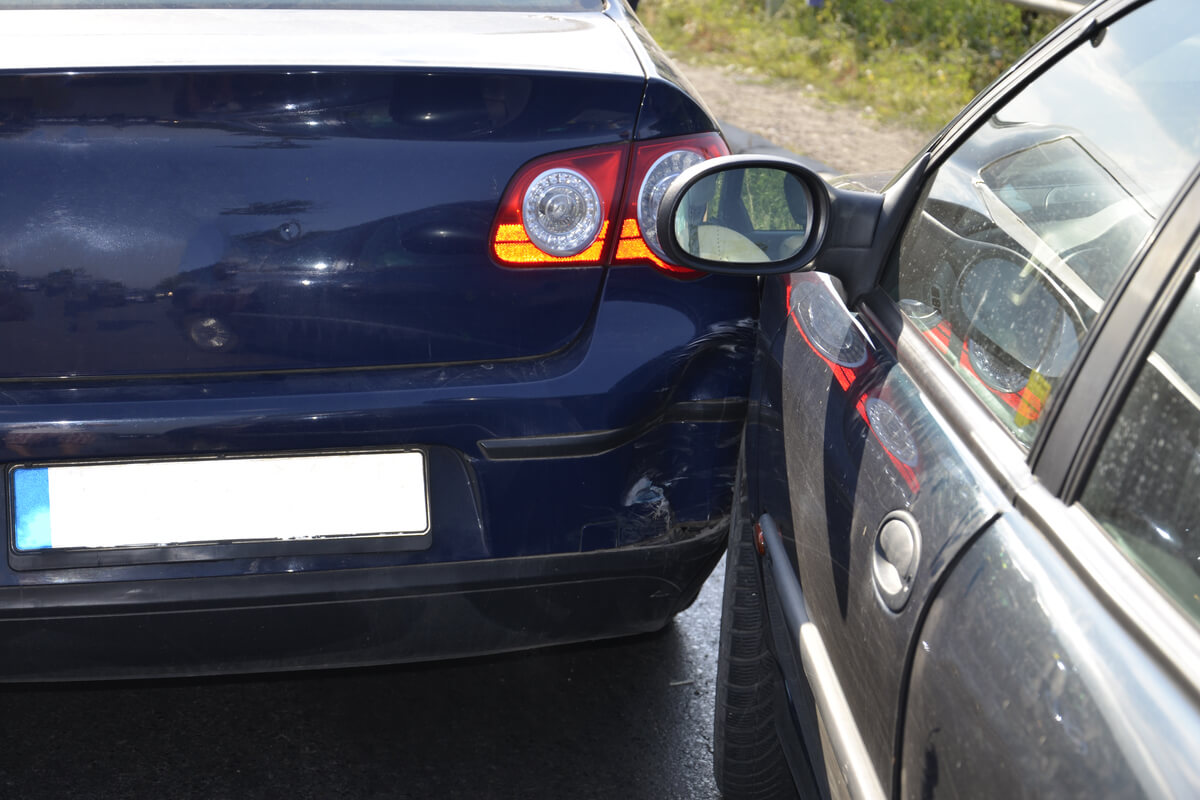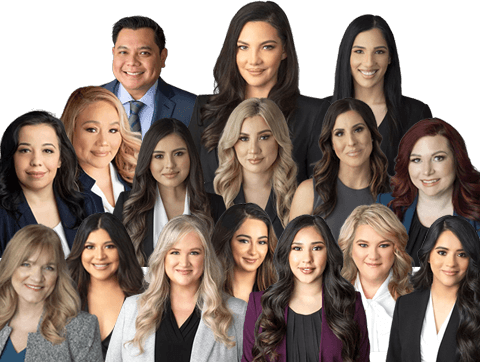GET A FREE CONSULTATION (702) 680-1111

Trial Attorney at Gina Corena & Associates
Practice Areas: Personal Injury

Chain reaction collisions tend to be among the most severe traffic accidents. Generally, chain reaction crashes happen in low-visibility conditions on high-speed roads, like freeways or highways. These multi-vehicle accidents can involve as little as three automobiles or over a hundred.
While chain reaction collisions pose significant risks, other factors can exacerbate the dangers on the road, especially during certain times of the year. As we approach the year’s end, there’s a notable uptick in impaired drivers.
What makes chain reaction collisions so deadly is the accumulation of cars creates a crushing force, trapping drivers and their passengers. If motorists can leave their vehicles, they may be hit by another car.
While chain reaction collisions are a year-round concern, they become even more prevalent during certain periods. The End of the Year Brings Out More Drunk Drivers, and this is a time when heightened vigilance is necessary. These multi-vehicle accidents can involve as little as three automobiles or over a hundred, and year-end festivities can lead to a surge in drunk driving incidents
Vehicles involved in chain reaction collisions are often stuck multiple times, sometimes at high speeds. Emergency personnel can be overwhelmed by the number of automobiles, making rescue efforts difficult and slow.
A chain reaction collision, or multi-vehicle accident, involves more than two automobiles colliding into the next. Chain reaction collisions are characterized by a series of rear-end accidents that happen one after the other.
Fault for chain reaction collisions is challenging to determine. They may result from one driver’s negligence or the carelessness of multiple drivers.
One negligent driver can lead to numerous motor vehicle pile-ups. Any of the following circumstances can cause a chain reaction collision:
Multi-car collisions are more likely to happen when there is poor road visibility from snow, rain, fog, or poorly lit streets.
Chain reaction collisions produce more severe and catastrophic injuries than other crash types, especially in highly congested areas like highways and freeways. When multiple vehicles are involved in an accident, the mass of automobiles can be crushing and prevent many accident victims from escaping.
In the last reporting year, the Insurance Institute for Highway Safety (IIHS) found that chain reaction collisions resulted in the following:
Last year, one of the worst chain reaction collisions in history occurred in Fort Worth, Texas. On February 11, 2021, 133 vehicles were involved in the deadly crash along Interstate 35W. The mass collision is:
In Tennessee, another horrific accident took place on Interstate 75 in Calhoun. The crash involved 99 vehicles. A fire broke out in the mass of cars and caused 12 deaths and 42 injuries.
Chain reaction collisions are responsible for the deadliest car crashes in U.S. history.
Determining who is responsible for a chain reaction collision is challenging and requires an in-depth investigation. Law enforcement will analyze the evidence against the following questions:
Police will conclude who is at fault for the accident and explain how it occurred. In some cases, only one car may be responsible for the chain reaction collision, but it is possible to have two or more negligent drivers.
Comparative negligence plays a key role when determining liability in a civil action case involving a multi-vehicle accident.
Comparative negligence is a legal concept that assigns a percentage of fault to each liable person. If one person is responsible for the crash in a chain reaction collision, they will receive 100 percent of the fault. When there are multiple negligent drivers, the fault percentage will represent the degree of wrongdoing.
For example, two are responsible for a chain reaction collision involving ten cars. The vehicle that started the chain reaction is assigned 80% of the fault. The other is allocated 20% of the fault due to speeding.
Modified comparative negligence will allow anyone who is found to be less than 50% responsible to recover compensation in a civil suit. However, accident victims will not receive the full settlement or verdict. Instead, they will collect a portion of the settlement or verdict based on their fault percentage.
In the case example above, the car that started the chain reaction collision is not entitled to recover any damages. The second car may collect damages less than 20 percent. If the awarded damages are $100,000, they may collect $80,000.
When you are involved in a chain reaction collision, it can be deadly to exit your vehicle. To protect yourself and your loved ones, take the following steps:
Chain reaction collisions can lead to debilitating injuries. If you have been hurt in a chain reaction collision, Gina Corena & Associates can advise you of your rights and protect your best interests.
If you’ve been involved in a car collision, our Las Vegas car collision attorney can provide legal guidance and help you obtain compensation for your injuries.

As founder of Gina Corena & Associates, she is dedicated to fighting for the rights of the people who suffer life-changing personal injuries in car, truck and motorcycle accidents as well as other types of personal injury. Gina feels fortunate to serve the Nevada community and hold wrongdoers accountable for their harm to her clients.